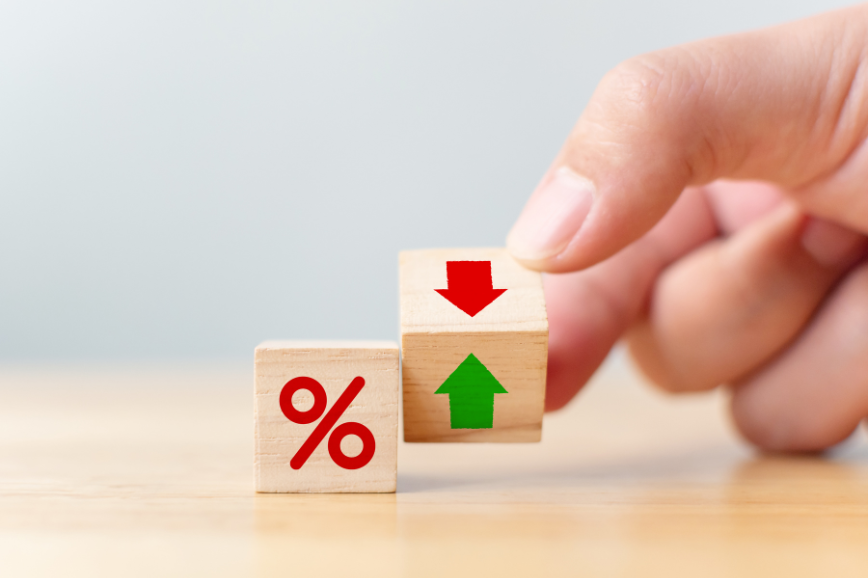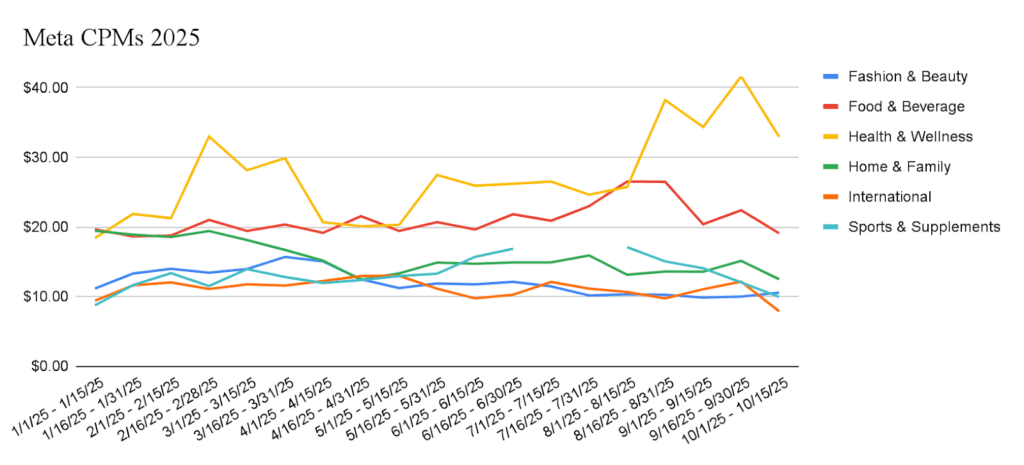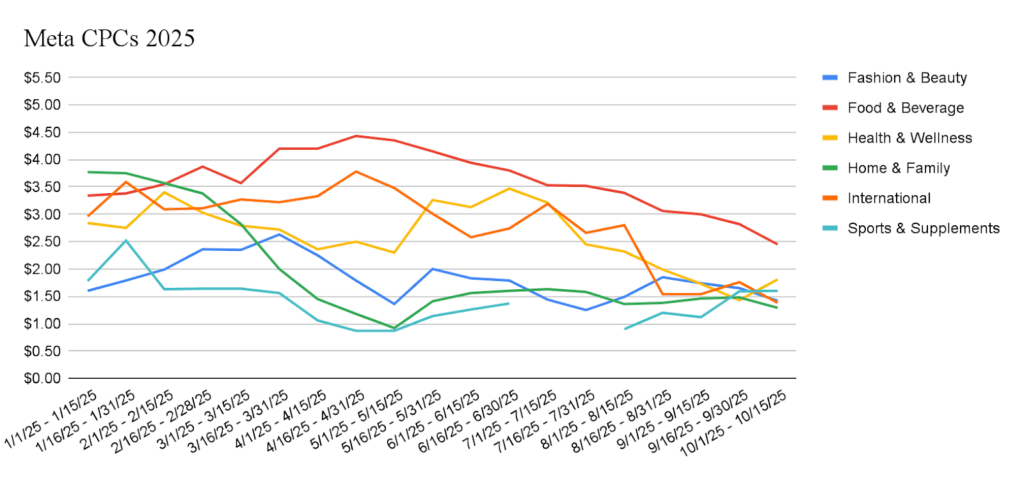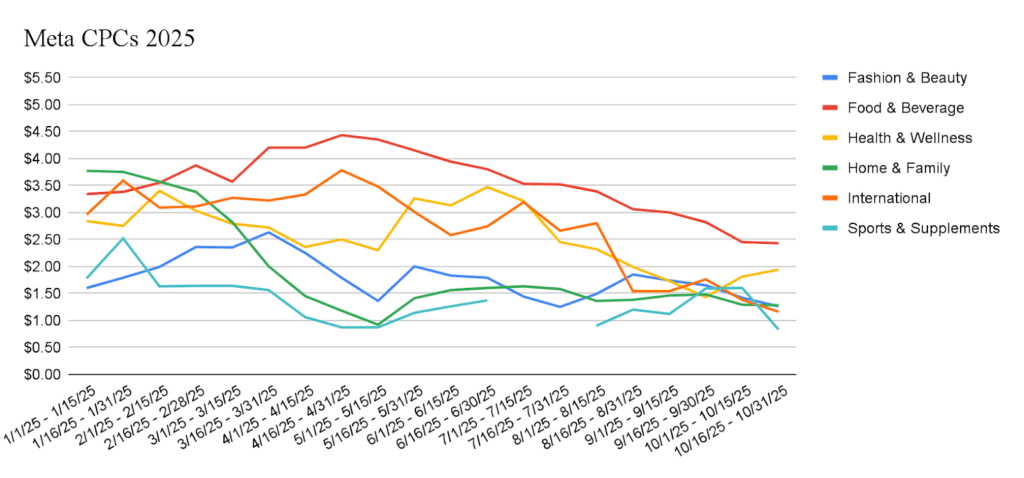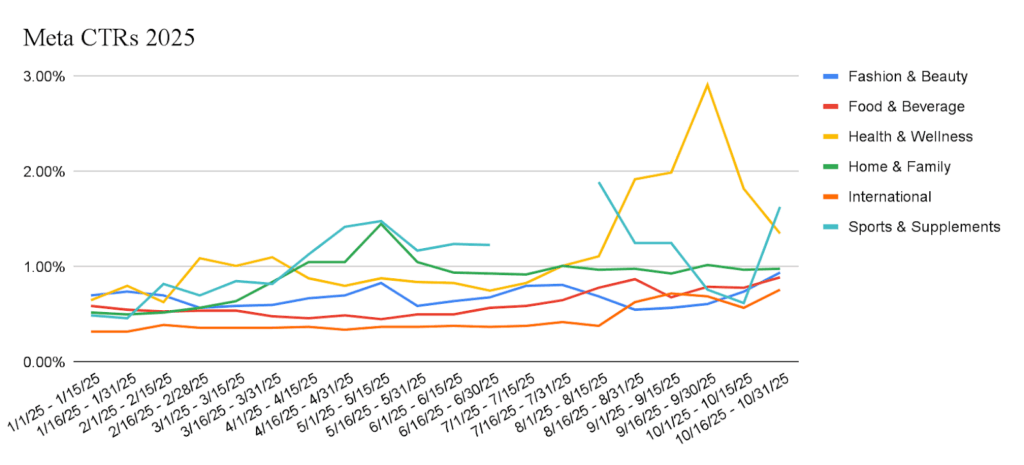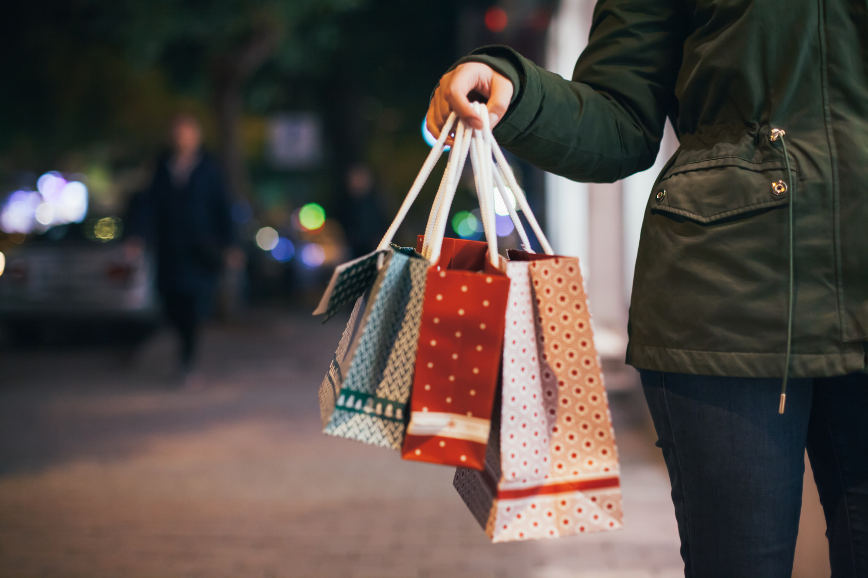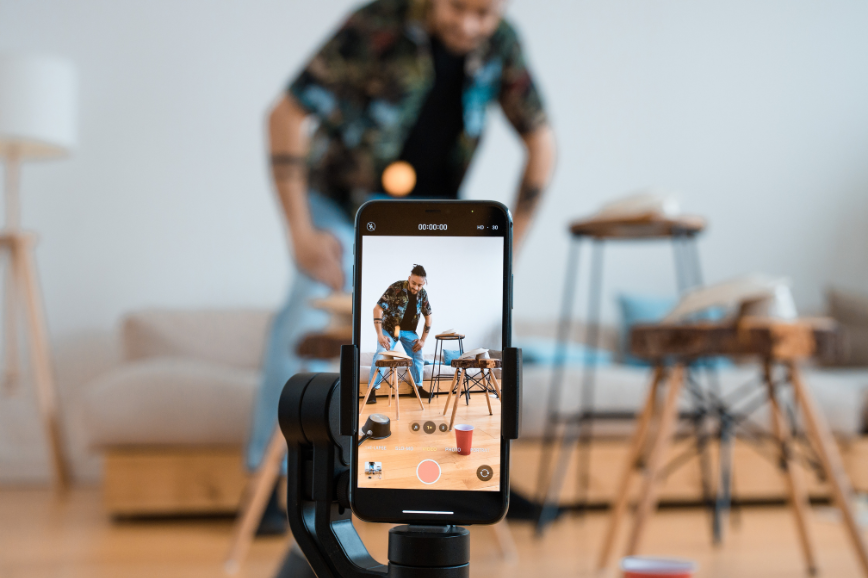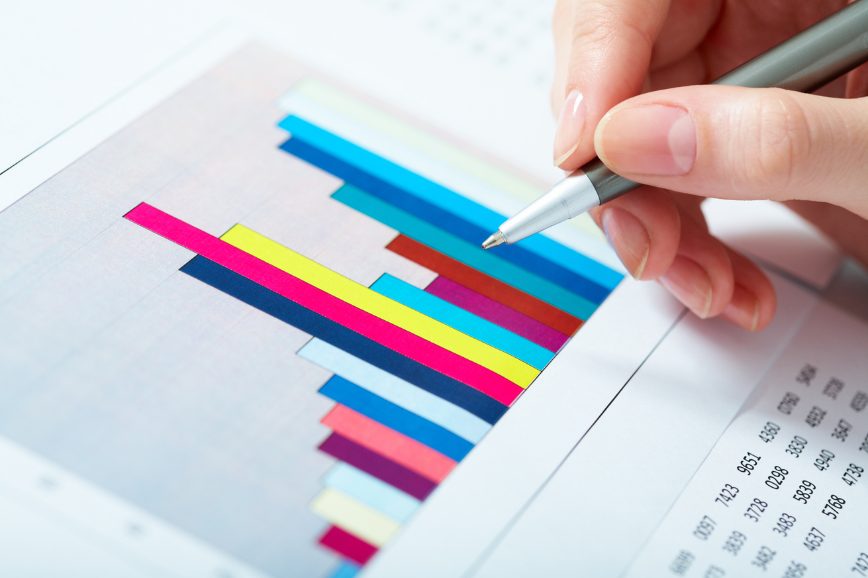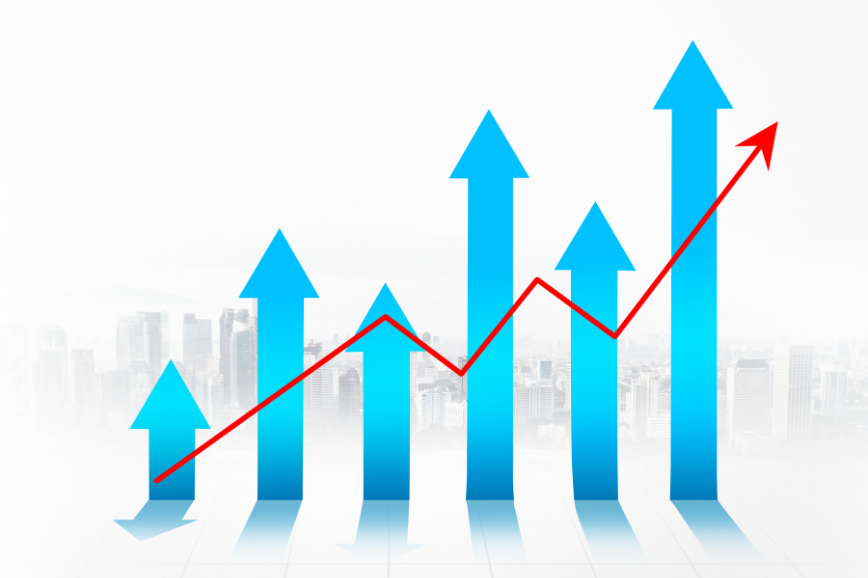If you use social media, then you’ve definitely encountered UGC (user-generated content) before.
UGC is any form of content — like photos, videos, or reviews — created by consumers or creators rather than brands. Typically shot with an iPhone, this type of content feels more native and relatable compared to polished, professional assets.
Brands everywhere are already tapping into UGC — posting it on social media, within email campaigns, and directly on product pages.
So what does the future of UGC look like?
Emerging Technologies: The Role of AI and Other Technologies in Shaping UGC.
In theory, UGC and AI seem like complete opposites. UGC is human-generated and relatable, whereas AI assets are computer-generated and often lack emotion. But they can actually work in tandem…
The most obvious example would be AI-generated content that looks like UGC. This can be done by utilizing UGC references to inform AI image/video creation.
Popular editing apps already offer AI Avatars that mimic UGC creators. With text-to-speech features, you can create convincing testimonials, skits, and podcast-style clips about your brand in seconds.
Other ways to combine AI with UGC include:
- Generating AI backgrounds for UGC images (great for seasonal promos)
- Creating AI voiceovers to play over UGC videos (can test different personas)
- Expanding UGC images with AI to fit different aspect ratios/placements
- Transforming a UGC static image into an AI video (motion assets)
These strategies allow for one asset to be turned into countless ads, which is ideal for testing different messaging and styles.
Another new technology making waves in the UGC space is smart glasses. Products like the new Ray-Ban Meta Glasses are already becoming a popular method of recording UGC videos. These allow creators to shoot videos hands-free, perfect for cooking, IRL experiences, interviews, and product demos.
Standard UGC will still likely be a popular format, but incorporating newer technologies is definitely a smart move going forward.
Changing Consumer Behaviors: How evolving preferences might influence UGC strategies.
Over the past decade, consumer preferences related to UGC have undergone significant shifts — influenced by technological advancements, the rise of short-form content, and evolving expectations from brands.
Here are 3 trends you should consider:
1. Shift from Influencer Content to UGC
Believe it or not, influencer marketing has recently taken a backseat to UGC. People now feel UGC is 9.8X more impactful than influencer content.
Brands will likely shift away from big influencer campaigns and lean into user reviews, unless a specific influencer is a perfect fit. Plus, it’s far more cost-effective to partner with micro-influencers and creators over big names.
2. Websites Incorporating UGC
According to a recent study, User-generated content results in 29% higher web conversions than campaigns or websites without it.
Therefore, more websites will start to include UGC photos and videos on landing pages and within product descriptions. Not only does this provide social proof, but it also gives consumers more realistic portrayals of products. Flashy websites look cool, but websites with UGC convert.
3. Emphasis on Authenticity Over Perfection
The push for flawless, curated content is on the decline. Today, authenticity reigns supreme — 90% of consumers say authenticity is important when deciding which brands they like and support.
UGC is a prime example of this trend; consumers want to see how a product fits into real life, not just how it looks in a studio shot.
When using AI, ensure it feels realistic, or else you may encounter pushback. This trend also enables brands to be more agile with their content strategy, allowing them to shoot and post within a couple of hours.
At the end of the day, brands that embrace raw, genuine content will resonate more with modern audiences.
Strategic Planning: How to prepare and adapt to future trends in UGC.
As UGC trends continue to evolve, it’s essential to stay organized and keep up with the latest tech. Here are 3 steps to stay ahead of the curve:
1. Keep an organized asset library of top-performing UGC
Organizing all your UGC in one place will ensure you’re able to jump on any new trends/tech quickly. For example, if a new AI feature rolls out, you can easily apply it to assets that you already know perform well.
Also, if you’re looking to incorporate UGC onto your product pages or email campaigns, this library will make implementation far easier. (Pro Tip: Organize assets by product type and target audience).
2. Test, Test, Test.
There’s only one real way to know if a new style works — testing. Including as many variations as possible can help inform what actually drives results. For example, when using AI voice-overs for videos, try different hooks and voices.
If a specific UGC asset isn’t performing well, try various music, captions, messaging, or placements before giving up on it. Sometimes a small tweak, such as font or color, can make a huge difference.
3. Stay in the know.
This one might be obvious, but keeping up with the latest trends and tech is crucial for creating future UGC. We recommend subscribing to relevant newsletters, following popular creators/brands, and social listening.
Another great way to learn about new styles is with Meta Ads Library. This tool allows you to see all the ads that brands are running (and when they launched them). Viewing competitors’ and other brands’ ads can serve as great inspiration and research for your own strategies. Of course, always add your own twist and do not copy ads directly.
To Recap…
UGC and new technologies can work together: Combining AI with user-generated content can help scale your content creation and provide more diverse options for testing and optimization.
Consumer preferences are shifting: UGC is now more impactful than influencer and branded content, leading to a move toward user reviews and websites that feel more like social feeds.
Strategic planning is essential: Organizing your UGC library, testing various styles, and staying up-to-date with new trends and tech will help you remain competitive.
It’s clear that the content game is changing, and wherever it goes, UGC will play a big role.
How GeistM can help
At GeistM, we understand that the future of UGC isn’t just about capturing content — it’s about leveraging technology, authenticity, and strategy to make every asset work harder for your brand. Our in-house creative team specializes in producing high-performing UGC that feels genuine, scalable, and always ahead of the curve. Whether it’s integrating AI to repurpose assets across multiple placements, developing content libraries tailored for ongoing testing, or identifying new formats like smart-glasses video, GeistM ensures your brand never falls behind.
By combining data-driven insights with cutting-edge creativity, we help brands stay relevant, resonate with modern audiences, and turn authentic storytelling into measurable performance. Ready to future-proof your UGC strategy? Contact us today!
Written by: Simon Kuflik
